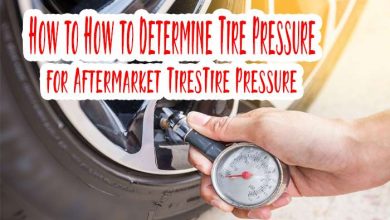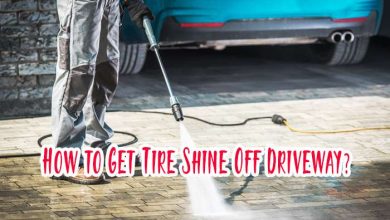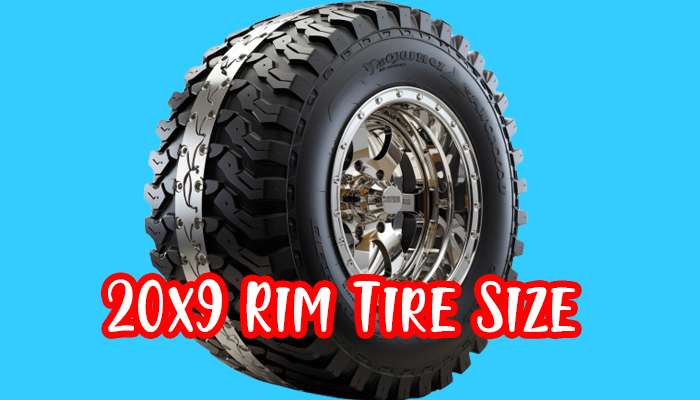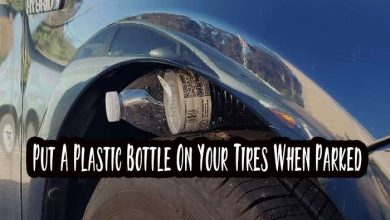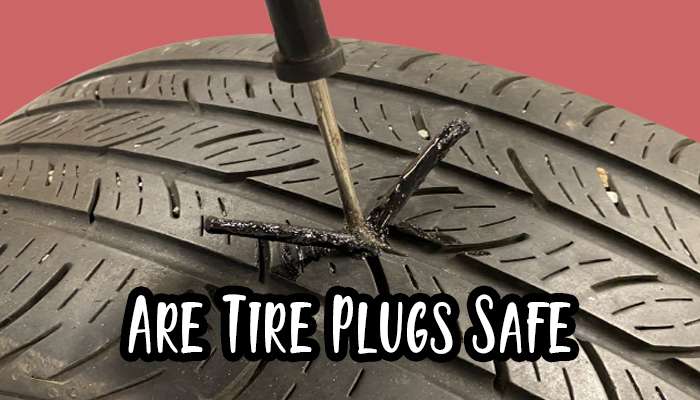Spare Tire In The Front | Is It Ok or Not?
Yes, you can use a spare tire on the front of your car. However, it is important to note that spare tires are designed for temporary use, and you should only drive with one for a short distance and at a low speed.
Tires are the unsung heroes of our vehicles, providing the essential grip on the road that keeps us safe. But what about spare tires? Most drivers only think about them when the unexpected happens.
In this blog post, I, your friendly tire expert, will explore the intriguing question: Can I put a spare tire in the front? Buckle up as we explore the rules, considerations, and expert opinions of this tire-related mystery.
Read my recent post- Can I Just Replace One Tire?
What are the Rules for Spare Tires?
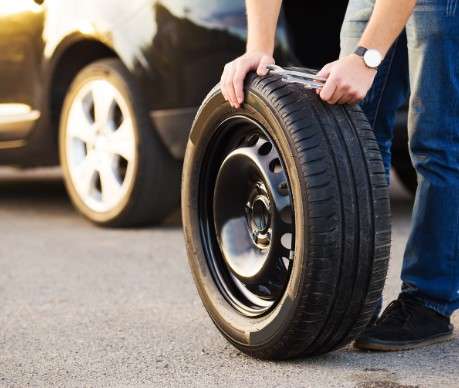
Spare tires are designed for temporary use only, and there are certain rules you should follow to ensure safe driving with a spare tire. Here are some of the key rules for using a spare tire:
- Limit your speed to 50 mph or lower, as specified by the manufacturer’s recommendations for your spare tire.
- Avoid abrupt manoeuvres like sudden braking or sharp turns, as the reduced traction of a spare tire can affect handling.
- Spare tires are prone to air loss more easily than standard tires. Check the pressure regularly and inflate it to the recommended level on the tire or in your vehicle’s manual.
- Spare tires are designed for short-term use, typically 50 to 70 miles. Exceeding this distance can cause damage to the spare tire or other components of your vehicle.
- If you need to travel longer, consider repairing or replacing your flat tire immediately.
Can I Put a Spare Tire in the Front?
You can put a spare tire in the front, but it is not recommended. Spare tires are typically smaller and narrower than standard tires and may not provide the same level of handling and stability.
Additionally, spare tires are often designed for temporary use and may need to withstand the same amount of wear and tear as standard tires.
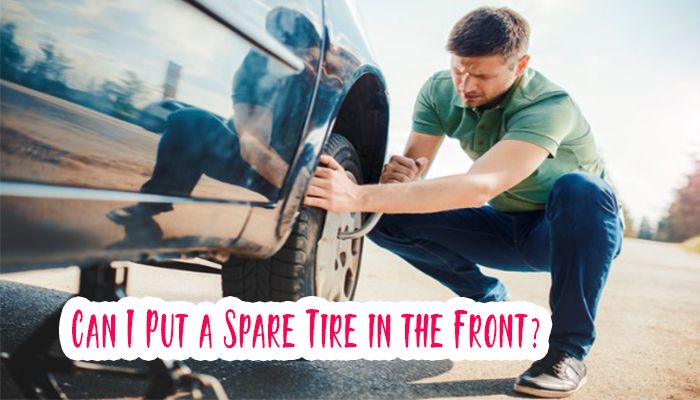
If you do have to use a spare tire in the front, it is important to drive carefully and avoid making any sudden manoeuvres.
You should also limit your speed and avoid driving for extended periods. As soon as possible, have the flat tire repaired or replaced.
Also Read: ABS Light ON! Is This for Low Tire Pressure?
Here are some additional things to keep in mind when using a spare tire in the front:
- Check the spare tire’s inflation pressure. Ensure the spare tire is properly inflated before installing it on your vehicle.
- Be aware of the spare tire’s speed limit. Most spare tires have a speed limit of 50 mph. Do not exceed this speed limit.
- Avoid driving in hazardous conditions. Do not drive with a spare tire in the front if the roads are wet, icy, or snowy.
- Get the flat tire repaired or replaced as soon as possible. Spare tires are designed for temporary use only. Do not drive with a spare tire for an extended period.
Front Placement Considerations
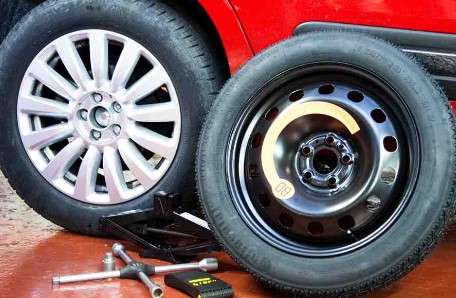
When opting for a spare tire in the front, here are some key considerations:
- Steering Impact: Placing the spare in the front can impact steering. It might alter the balance slightly, so be mindful of how your vehicle handles, especially during turns.
- Accessibility: Front placement is generally more accessible. It’s easier to reach and change a front tire, especially if you’re on the side of the road. Convenience matters when you’re in a hurry.
- Weight Distribution: Front placement can affect weight distribution, potentially impacting the overall balance of your vehicle. This is particularly important for maintaining stability, especially during emergency maneuvers.
Back Placement Considerations
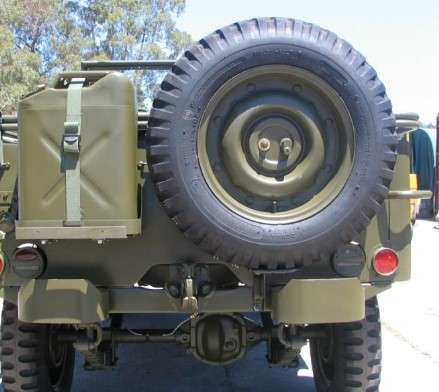
On the flip side, putting a spare tire in the back has its own set of considerations:
- Trunk Space: If your vehicle has a rear trunk, this could be an ideal spot for the spare. It keeps it out of the way and doesn’t interfere with the front-end dynamics.
- Rear Balance: Placing the spare in the back maintains the natural weight balance of your vehicle. This is particularly important for rear-wheel-drive cars.
- Visibility: Having the spare in the back can enhance rear visibility, which is advantageous for larger vehicles or those with limited sightlines.
Read Also: Can You Put a Tube in a Tubeless Tire?
Now that we’ve examined both options let’s discuss a critical aspect that often gets overlooked:
Impact on Fuel Efficiency
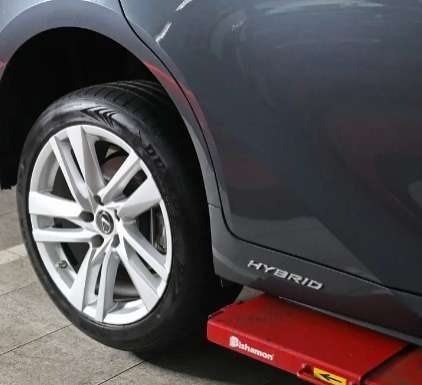
Ah, the ever-present concern—how will this affect my gas mileage? Let’s demystify the relationship between tire placement and fuel efficiency.
- Front Placement:
- Pro: Improved aerodynamics, potentially enhancing fuel efficiency.
- Con: Added weight on the front may counteract aerodynamic gains.
- Back Placement:
- Pro: It is unlikely to impact aerodynamics negatively.
- Con: Slight decrease in fuel efficiency due to increased weight.
Expert Opinions about Spare Tire in the Front
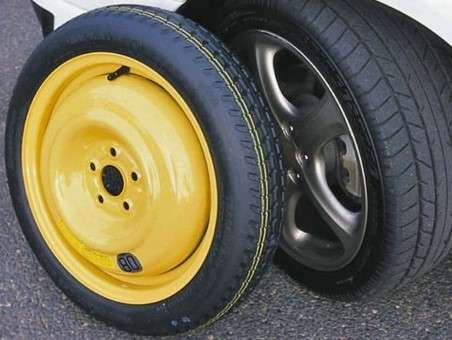
Curious about what the tire gurus have to say? Here’s a snippet of expert opinions on the matter:
“While front placement can offer quick access, it’s crucial to consider how it affects your vehicle’s balance. Safety should always be the top priority.”
John Wheeler, Tire Engineer:
“In my experience, rear placement is often the go-to for maintaining optimal vehicle dynamics. Changing might take a tad longer, but it’s a small price for enhanced safety.”
Jhon Driver, Automotive Specialist:
Conclusion
There’s no one-size-fits-all answer in the eternal quest for the perfect spare tire placement. As you embark on your tire-related endeavors, remember that safety and functionality go hand in hand.
Share your ideas and projects—let’s build a community of tire enthusiasts supporting each other on this rubbery journey!
Glossary
- Aerodynamics: The study of the behavior of air as it interacts with solid objects, crucial for understanding vehicle performance.
- Weight Distribution: The even spread of weight across a vehicle, affecting balance, handling, and braking.
- Dynamics: The forces and motions influencing the behavior of a vehicle crucial for safe and efficient operation.
